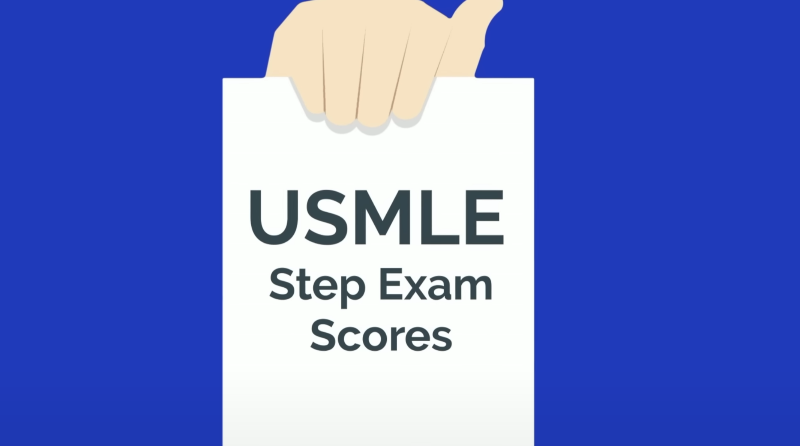by Cell Transplantation Center of Excellence for Aging and Brain Repair
Researchers testing the potential positive effects of "micro-injury" by brief insertion of a small needle into the hippocampal region of mice modeled with Alzheimer's disease (AD) have found that the procedure not only stimulated the hippocampus into regenerative activity, but also reduced β-amyloid plaques, a hallmark of AD.
Their study will be published in a future issue of Cell Transplantation and is currently freely available on-line as an unedited, early epub.
Micro-needle insertion (acupuncture) has been a mainstay of traditional Chinese medicine for centuries. In the last decade, deep brain stimulation using chronically implanted electrodes into specific brain areas has become common for treating movement disorders such as Parkinson's disease and tremors and paved the way for other micro- needle medical applications.
Because the early and primary damage by AD appears to take place in the hippocampus, an important brain area for learning and memory, the objective for this study was to use micro-needle stimulation in the hippocampus to see if the procedure would both increase hippocampal regeneration and help determine if the needle insertion had an effect on β-amyloid deposits in mice modeled with AD.
"We found that the brief micro needle insertion into the hippocampus of the test animals modeled with AD did prove effective in decreasing amyloid burden," explained Dr. Shijie Song of the Department of Neurology at the University of South Florida in Tampa, FL. "It also improved test animal performance on memory tasks, which indicates possible hippocampal regeneration."
Until recently, many diseases of the central nervous system could not be treated by this method because of inaccessibility of the brain to micro-needles, said the researchers.
"As the cellular and humoral mechanisms of micro-lesioning are better understood, it will be possible to develop novel surgical and pharmaceutical targets for intervention and treatment of neuro-cognitive disorders," concluded the researchers.
"Because Alzheimer's disease is increasing in prevalence, new intervention strategies are becoming invaluable," said Dr. Shinn-Zong Lin, professor of Neurosurgery at China Medical University Hospital in TaiChung, Taiwan and Co-Editor-in-Chief for Cell Transplantation. "Since the host's microenvironment can be inhospitable to transplanted cells and pharmacological interventions in diseased conditions, strategies to increase the regenerative capacity of the patient's own body may be another viable option. Future studies should strive to include a larger sample size in order to validate this approach."
More information: , Transient Micro-needle Insertion into Hippocampus Triggers Neurogenesis and Decreases Amyloid Burden in a Mouse Model of Alzheimer's Disease, Cell Transplantation (2016). DOI: 10.3727/096368916X691114
Journal information: Cell Transplantation
Provided by Cell Transplantation Center of Excellence for Aging and Brain Repair








Post comments